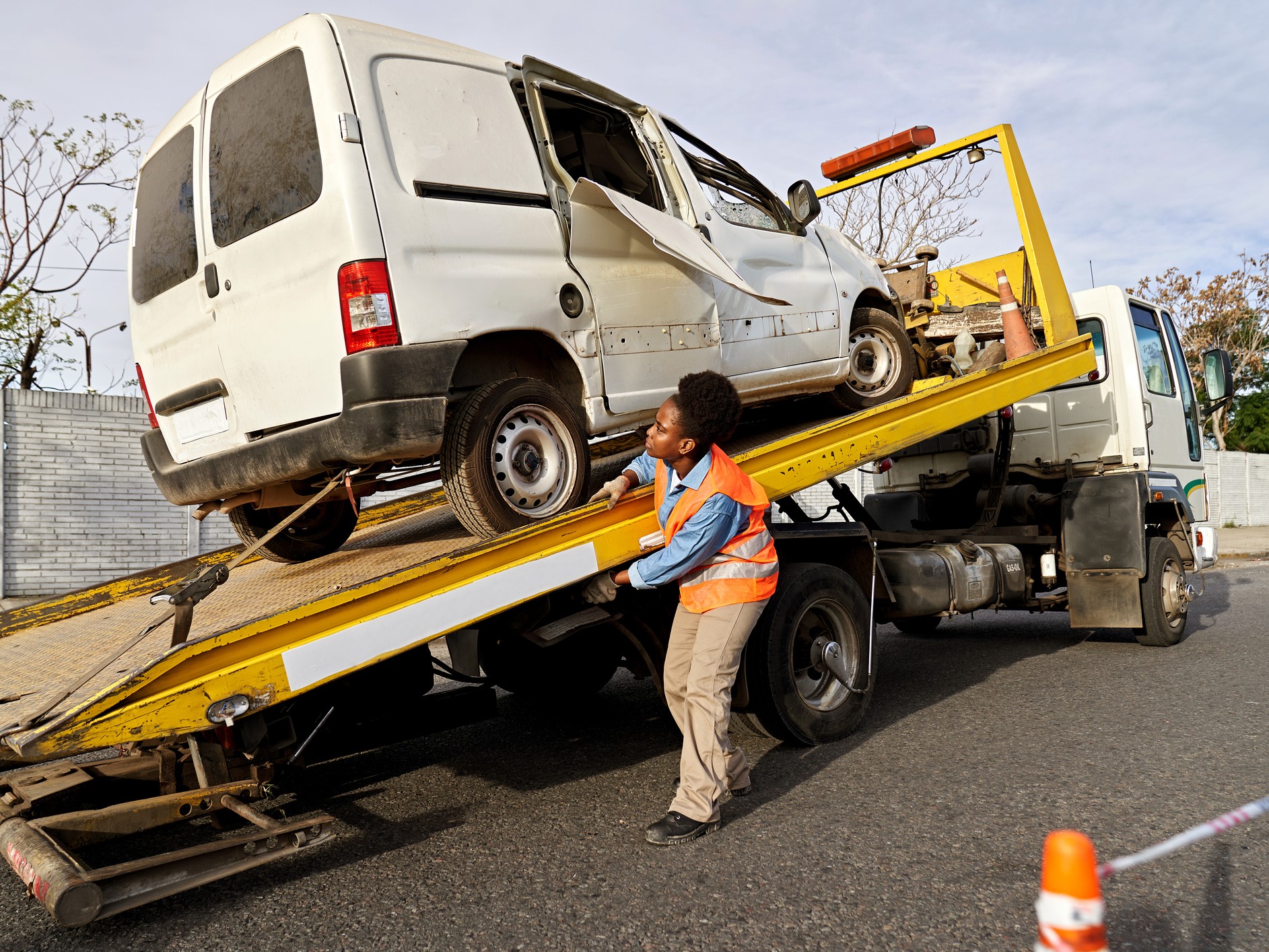Column: Workers' Comp
Fear Not the Robot
Several reports on the changing nature of work and the future of jobs conclude that plentiful employment will continue for (injury prone) humans despite the continuing adoption of artificial intelligence, robotics and other automation.
Technology might even generate more jobs than it eliminates by fueling productivity gains and economic expansion, although many workers will need to shift work paths amid the coming major transitions.
Keeping the economy healthy and the labor force employed as technology advances will also require greater investment in education and retraining programs for displaced workers. Unfortunately, retraining workers is something at which neither the U.S. government or the private sector excel. Job training certainly isn’t a current national priority.
Overall though, growing concern over the existence of future jobs given automation’s impact may be unfounded, according to a December, 2017 McKinsey & Company report titled “Jobs Lost, Jobs Gained: Workforce Transitions in a Time of Automation.”
McKinsey forecasts that by 2030, about 9 percent of labor demand will come from occupations that do not exist today. According to Gartner, the IT-focused research and advisory firm, AI will create 2 million net new jobs by 2025.
The workers’ compensation industry has its eye on these trends, and concerns have been expressed that a decline in payroll numbers through automation may adversely impact those who work in workers’ compensation.
But forecasts pointing to continued job creation over the next 15 years and beyond mean a continuing stream of workers’ comp insurance premiums and claimants needing services.
Of course, the nature of work will continue evolving, pushed along by automation. Look no further than workers’ comp’s own claims practices and how AI and technology are changing the adjuster role.










